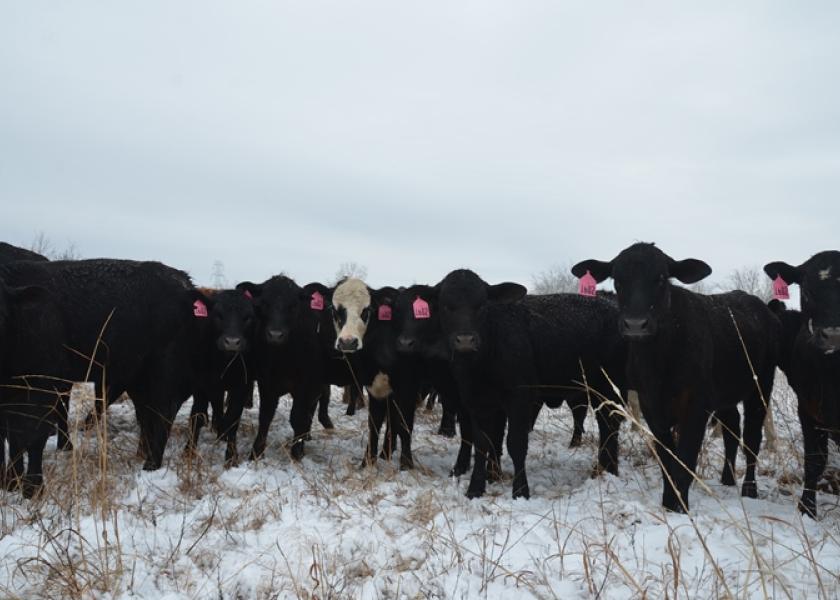Derrell Peel: Fall And Winter Stocker Grazing Prospects

By late August some wheat producers are looking ahead to fall and winter grazing prospects. Much of Oklahoma has received rain the past two weeks with amounts quite variable in different regions. It appears that available moisture and favorable soil temperatures will support plans for early planted wheat for fall and winter grazing. Additionally, generally good fall native and introduced pasture conditions may provide more flexibility for fall grazing programs.
An early peek at winter grazing budgets highlights the huge uncertainty impacting feeder cattle markets. While the impacts of the Tyson plant fire will likely diminish relatively quickly in the next few weeks, feeder cattle markets are still nervous and defensive about the corn market situation; increasingly shaky macro-economic conditions; and continued global economic turmoil. Expectations about the 2019 corn crop vary widely as do the emotions about the crop situation.
The latest private crop tour estimates suggest a significantly lower corn yield than current USDA estimates and acres harvested remains an unknown. One thing that seems clear is that much of the corn crop is sharply delayed in maturity and the risk associated with an early or even normal frost in the Corn Belt is high.
The latest USDA Cattle on Feed report presented slightly friendly news with July placements at 97.9 percent of last year, somewhat lower than expected, and a strong July marketings number of 106.9 percent of one year ago. The total feedlot inventory, for feedlots over 1000 head capacity, on August 1 was 11.1 million head, 100.2 percent of last year.
Virtually all aspects of a winter wheat grazing budget are subject to variation at this point. Seasonal patterns for calf prices would suggest lower calf purchases prices by October but it sometimes happens in Oklahoma that good fall forage and wheat pasture conditions provide enough stocker demand to hold prices closer to steady through the fall. Again, corn market developments into corn harvest may have a significant impact on feeder markets this fall and perhaps beyond.
I have run several generalized winter grazing budgets that vary from decent profitability to little or no returns for winter grazing depending, of course, on cattle purchase and sale prices, but also on cattle performance, health costs and forage costs. The cost to establish dual-purpose wheat pasture depends on wheat prices (assuming some yield loss from winter grazing) and costs for additional fertilizer and seed. Cattle producers renting wheat will pay a market price above the wheat pasture cost.
The uncertainty and volatility impacting feeder cattle markets is likely to continue this fall and winter. This increases the risks of winter stocker production but may also present short term opportunities for either buying or selling cattle or both. At this point forage conditions appear favorable with decent prospects for stocker cattle production. The best advice at this point is to evaluate and reevaluate possibilities frequently and remain as nimble as possible both offensively and defensively. It is, after all, nearly football season.
Related stories:
Derrell Peel: Beef Product Seasonality







